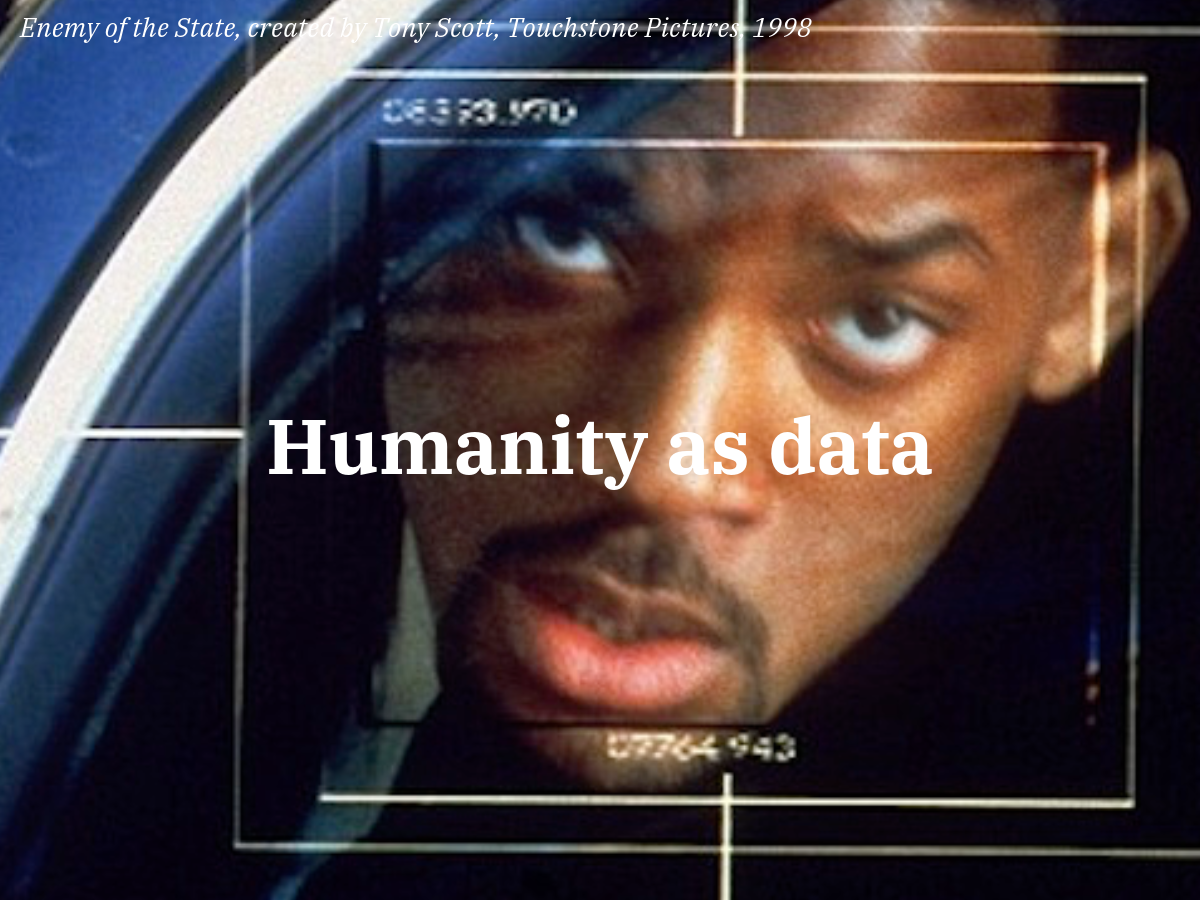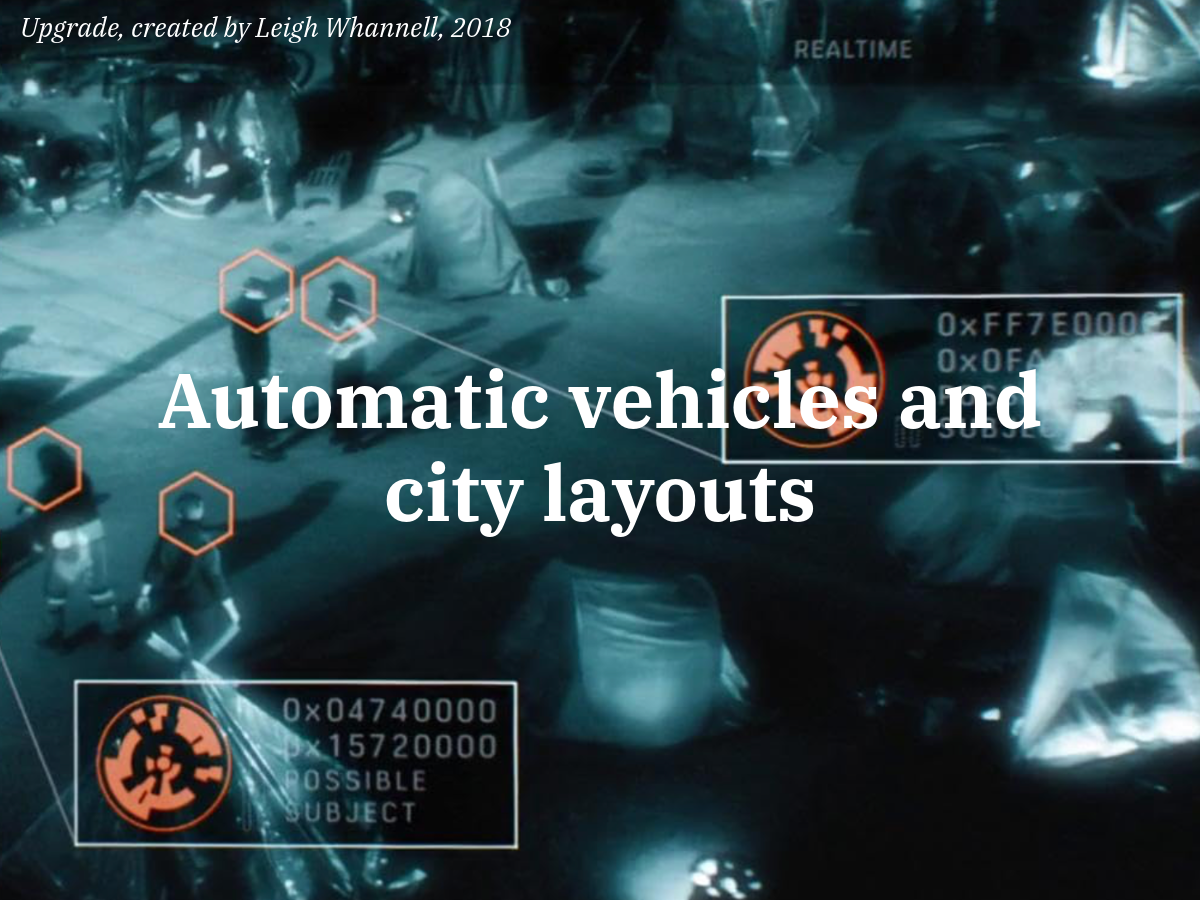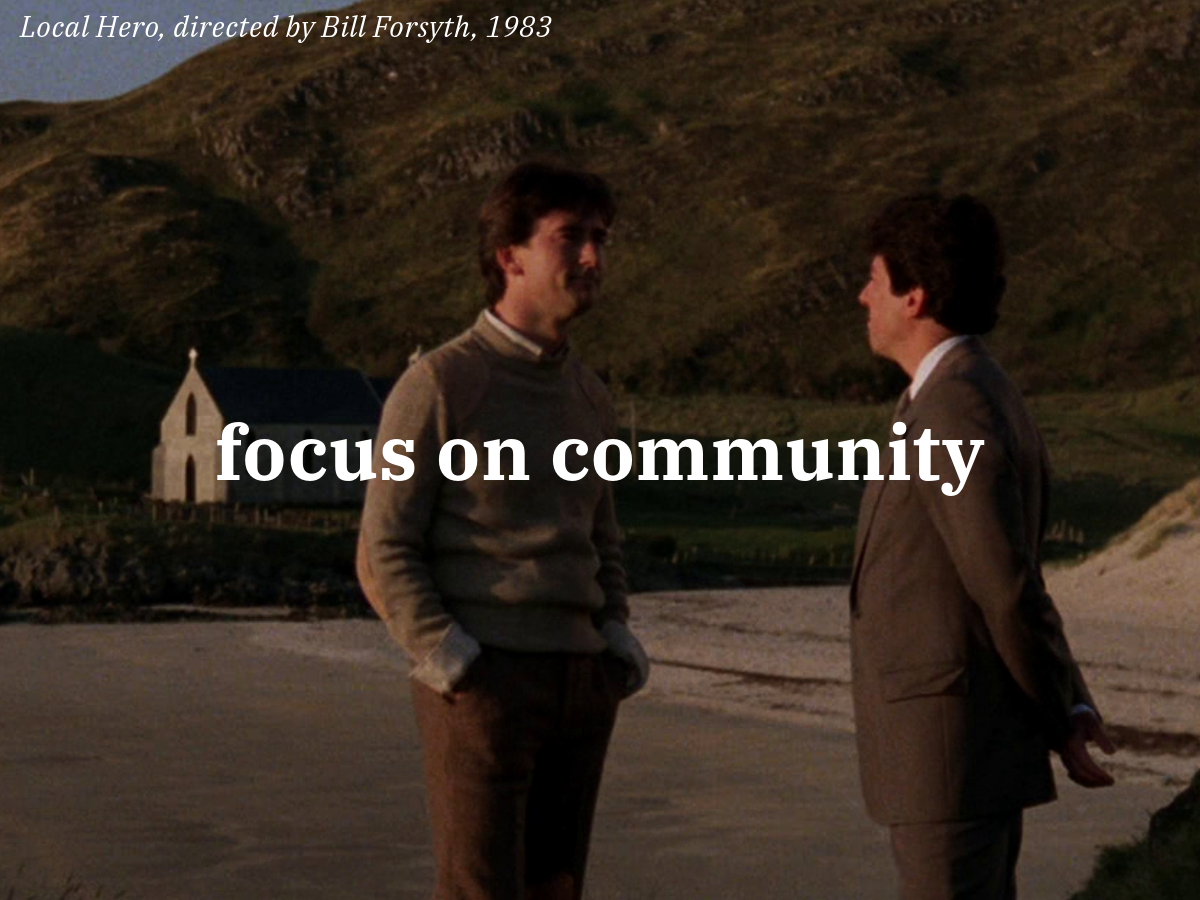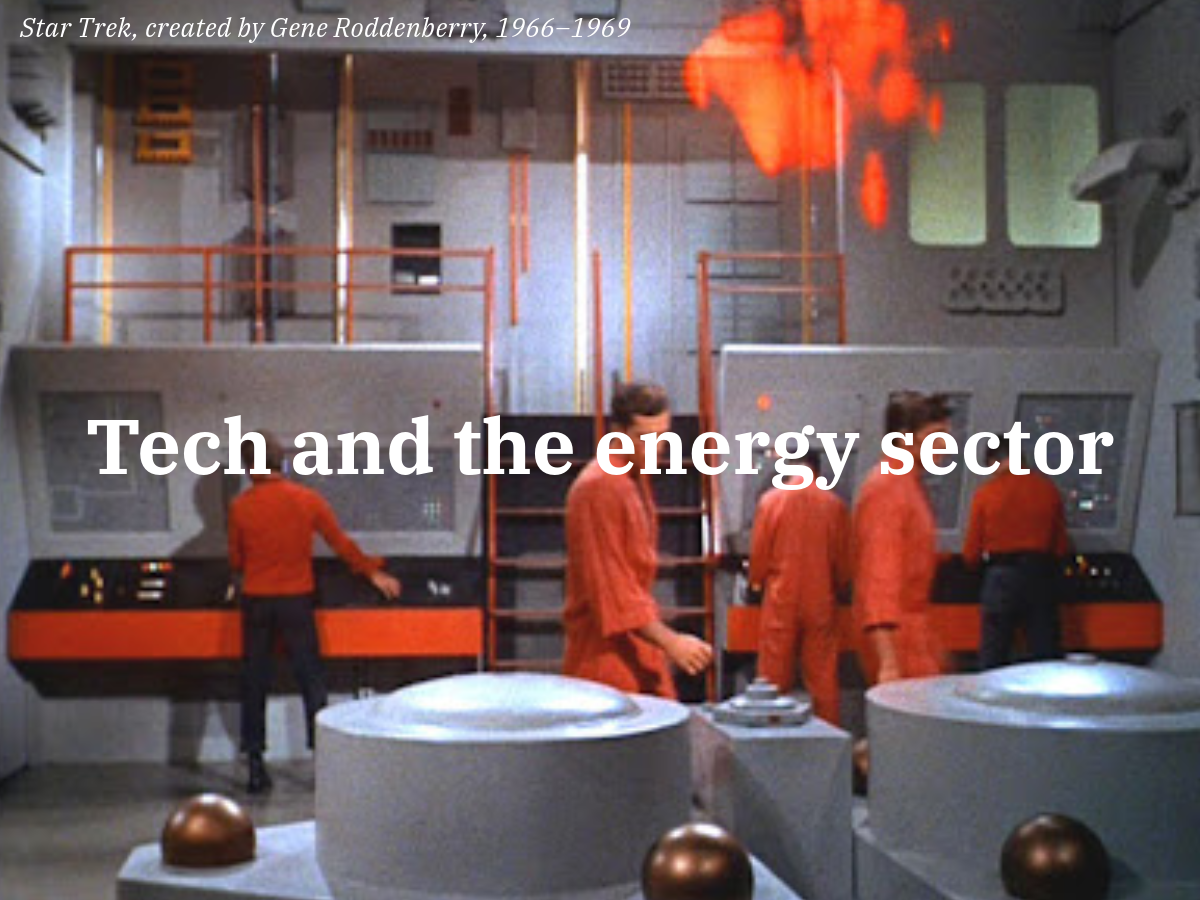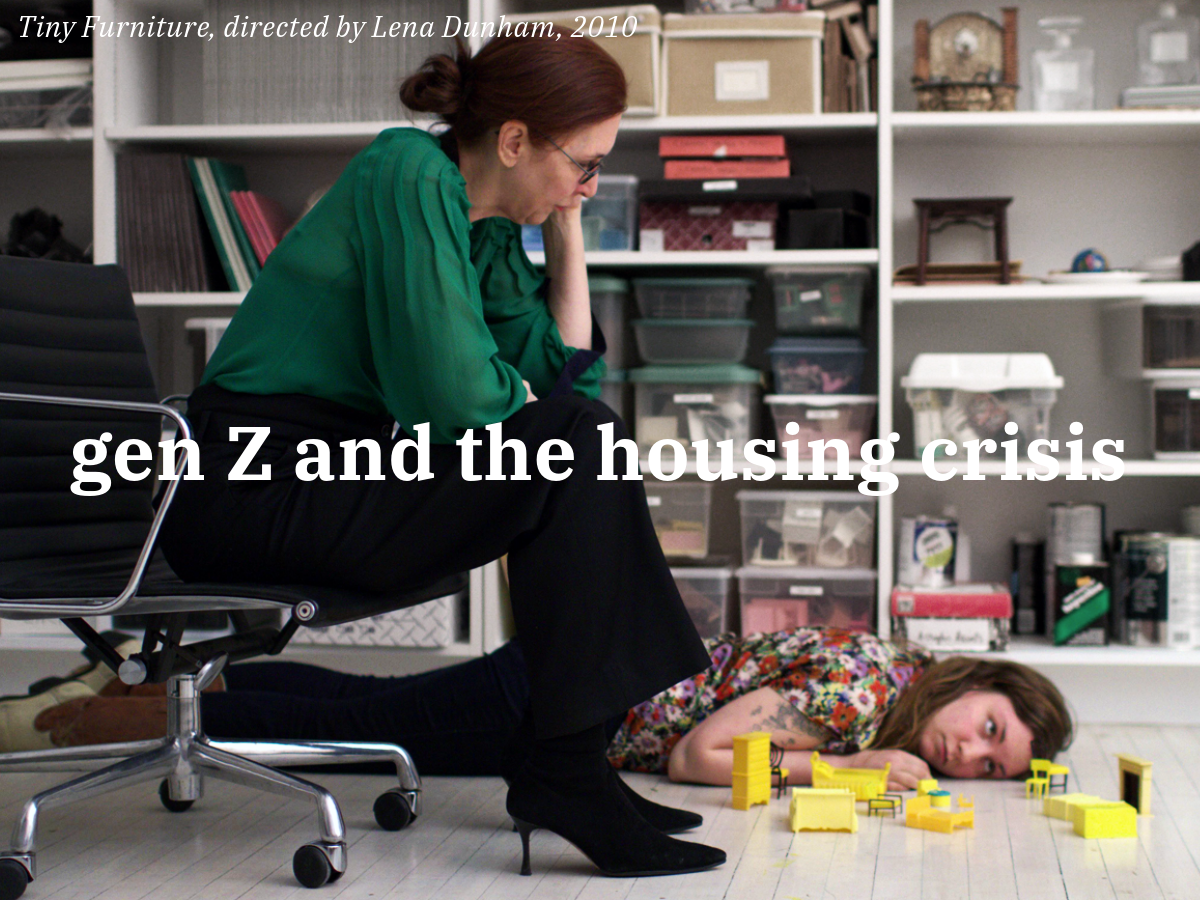Drivers: what’s happening
When it comes to water, both droughts and floods are growing concerns. Water bodies are drying up, impacting water supply for local utilities and communities. Heavier rainfall may seem like a potential solution for water shortages. Yet, inadequate storage infrastructure and aging systems are unable to capture it. In many cities, water infrastructure was not renewed to catch up with climate variability and growing urban populations, leaving cities vulnerable to water crises.
In addition, data centres become increasingly hungry for energy, and more of them are being built around the world [see our snapshot on tech and the energy sector]. More than half a dozen data centres are planned in the Texas Medina County, most owned by Microsoft. According to the OECD, global water demand is projected to increase by approximately 55% by 2050, as Amazon, Google and Microsoft are building data centres in water-scarce parts of the world.
Source: The Economist Impact
Source: The Guardian
The numbers
Since 2022, prolonged droughts created emergency situations in over 230 municipalities in Spain, affecting more than six million people.
In the UK, approximately 20% of the public water supply is lost annually through leaks.
In Texas, Canyon Lake is less than 47% full, marking its lowest level since the 1960s.
Source: San Antonio News
In 2023, Microsoft's total water consumption was nearly 2.1 billion gallons
Google reported that its data centers consumed 6.1 billion gallons of water in 2023, a 17% increase from the previous year.
Source: The Guardian
Urban shifts
Flash floods wiping out residential areas
According to the Economist Impact, the EU is losing around €5 billion due to floods and €9 billion due to droughts annually. In late October 2024, eastern Spain experienced catastrophic flash floods. It was one of the deadliest natural disasters in the country's recent history, according to Reuters. The floods caused widespread destruction. Approximately 60,000 homes and 115,000 vehicles were reported destroyed. Essential services like electricity and clean water were disrupted for hundreds of thousands residents. The disaster prompted over 116,000 insurance claims, with damages estimated in the billions of euros. The Spanish government allocated €10.6 billion in relief funds, with additional requests for €31 billion in aid. As climate continues to change, "we're going to see more of these flash floods in the future." said Hannah Cloke, professor of hydrology at the University of Reading, in an interview with Reuters.
Cars and debris piled up in the streets of Valencia. Source: David Ramos in The Guardian
Sinking cities
Tehran is sinking at an average rate of 25 cm per year, according to the Financial Times. Iran’s capital is a megacity of over 9 million people. Its water supply has relied heavily on snow-fed rivers, reservoirs, and aquifers. But in recent decades, droughts have become more frequent, pushing the city to over-pump underground water aquifers. Cracks are appearing across highways, buildings, pipelines, bridges, and railways, some of which are at risk of permanent collapse. Poorer southern districts and informal settlements, where wells are more likely to be illegally drilled and unregulated, are more exposed to infrastructure collapse and water shortages. Government officials have publicly considered relocating the capital, as President Masoud Pezeshkian claimed the water scarcity is making Tehran "unlivable".
What does it mean for your city?
The strain on residential and industrial water supplies, usually impacts lower-income neighbourhoods disproportionately. These areas often have weaker infrastructure and are the first to lose water access when supply is reduced or rationed.
Industries reliant on water may relocate or scale down operations. The textiles, agriculture, beverage production, and energy sectors are all affected by unreliable water supplies. Downsizing or closure may lead to job losses and economic contraction in already vulnerable times.
Strategic opportunity
When developing urban development projects, consider water runoff management in the early design stages. Ask yourself: “How will this design capture, store, and reuse rainwater?”.
Subscribe to Urban Futures Lab and stay ahead of urban change. Get in-depth analysis, urban foresight, and strategies that help future-proof your city.
Thank you!
Urban Futures Lab is a strategic urban foresight Think Tank. We decode the forces shaping our cities and industries. We help urban decision-makers, developers, researchers, and anyone curious about the future of urban living discover the interconnected systems driving urban change. Our insights offer a holistic perspective on the future of urban ecosystems, helping you make informed, future-proof decisions.
Subscribe for exclusive access to deep dives, global drivers, and strategies to stay ahead in an ever-changing world.
